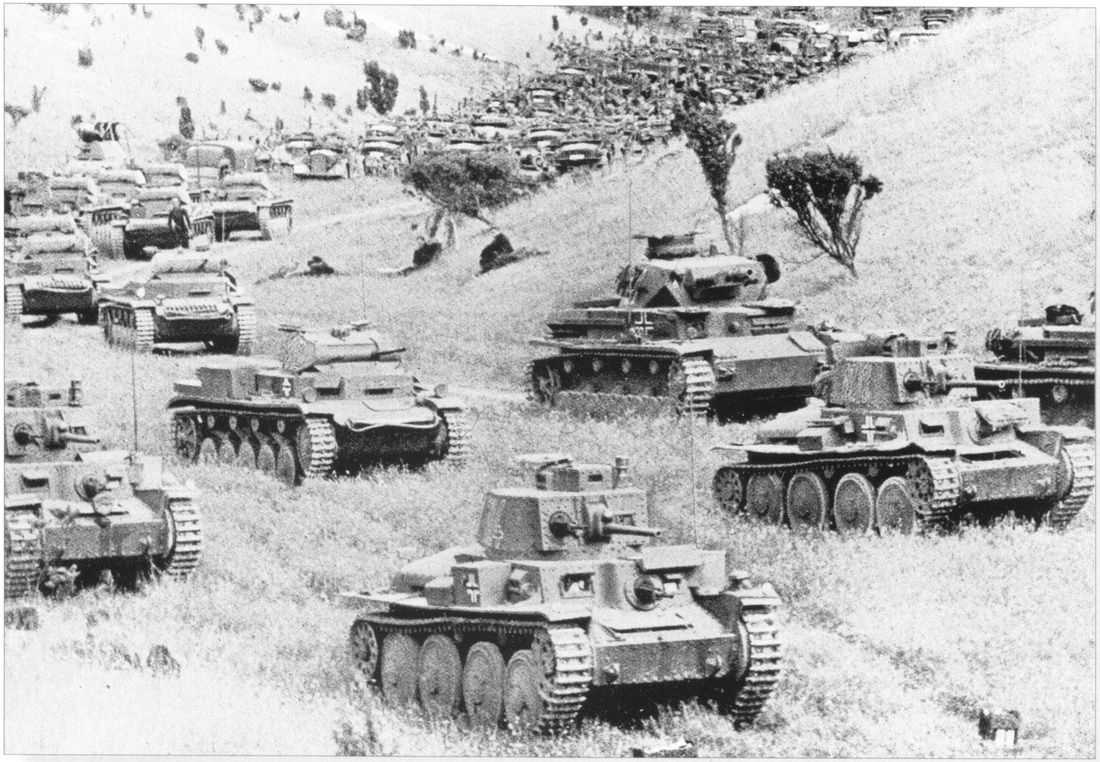


"The Germans said, 'We're going to blast through the trench with this new technique,'" Kirchubel says. The German military took a different tack. The French decided to build a more permanent and fortified version of a trench known as the Maginot Line, a series of 58 underground fortresses constructed along the French-German border in the 1930s. During the interwar years, the British invested heavily in aircraft technology, planning to fly over trenches and bomb the enemy at home.
BLITZKRIEG WW2 PLANES HOW TO
One of the longest and deadliest examples of trench warfare was the 141-day Battle of the Somme, in which the British, French and German armies suffered more than a million combined casualties.Įvery nation that fought in WWI vowed to never fight in another miserable trench, but they each had different ideas for how to achieve it, says Kirchubel. The mud-filled, rat-infested trenches became the closest thing to hell on earth for these soldiers. In the first battles of WWI, all sides suffered such devastating losses from artillery, machine guns and other modern weapons that they resorted to digging long trenches in the battlefield for protection. Nearly 2 million German soldiers were killed during World War I, primarily as casualties of an agonizingly slow style of fighting known as trench warfare. "The Blitzkrieg shocked the world," says Kirchubel, "that an enemy army could be defeated so quickly and that nobody seemingly had a counter for it." Painful Lessons from World War I The reason for Hitler's spectacular early success in WWII was a brazen new style of warfare known as Blitzkrieg, a combination of the German words for "lightning" ( blitz) and "war" ( krieg) coined by Western journalists who were floored by the speed and ferocity of the Nazi attack.


 0 kommentar(er)
0 kommentar(er)
